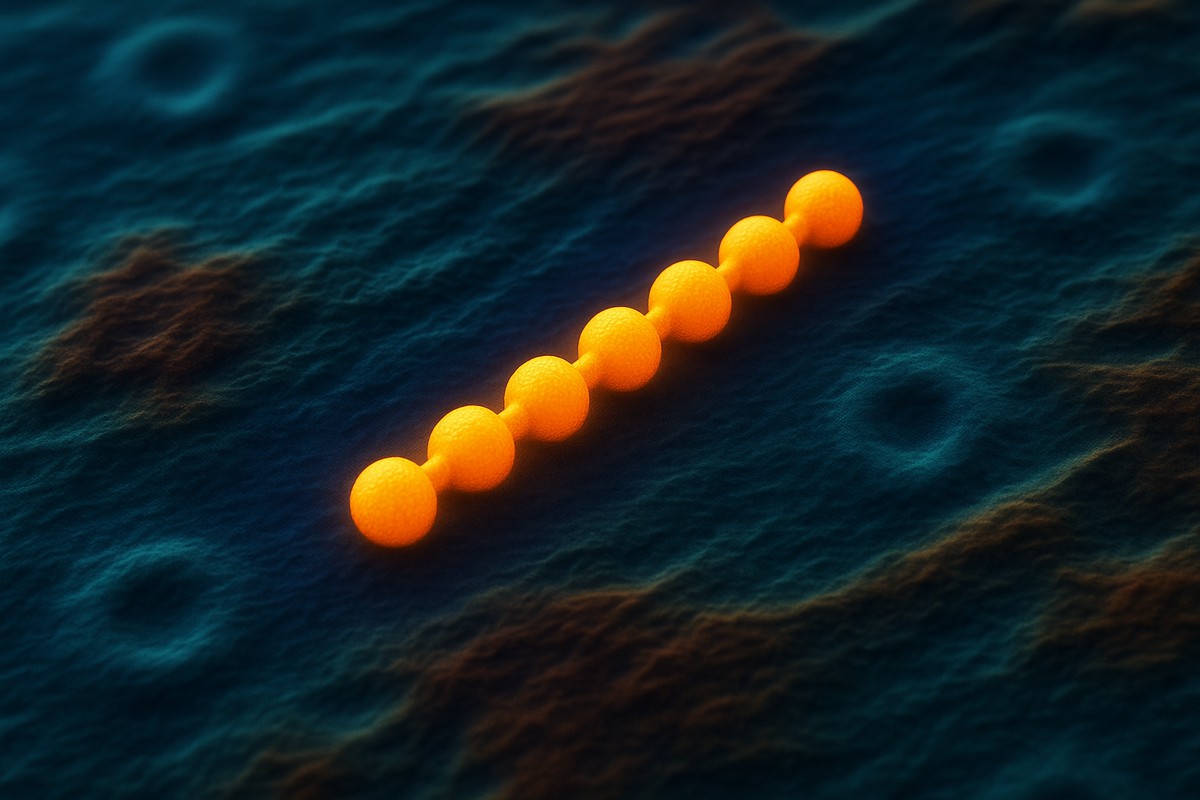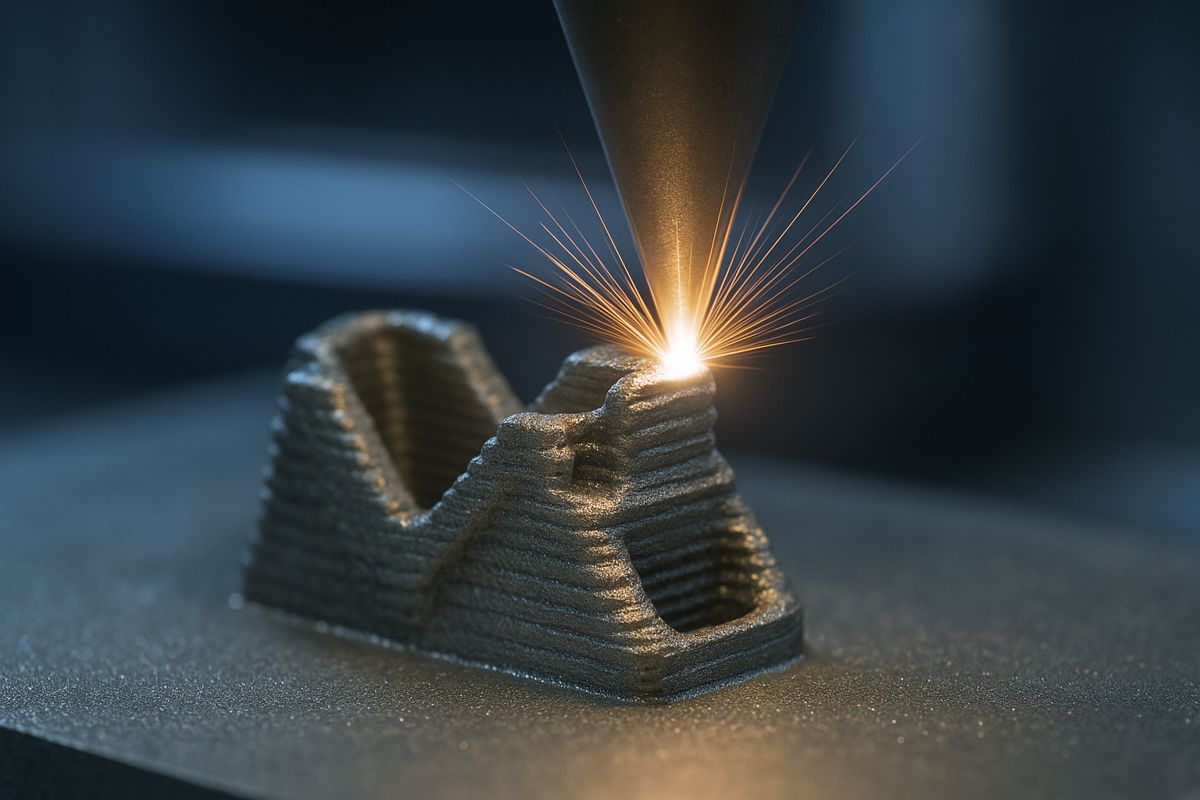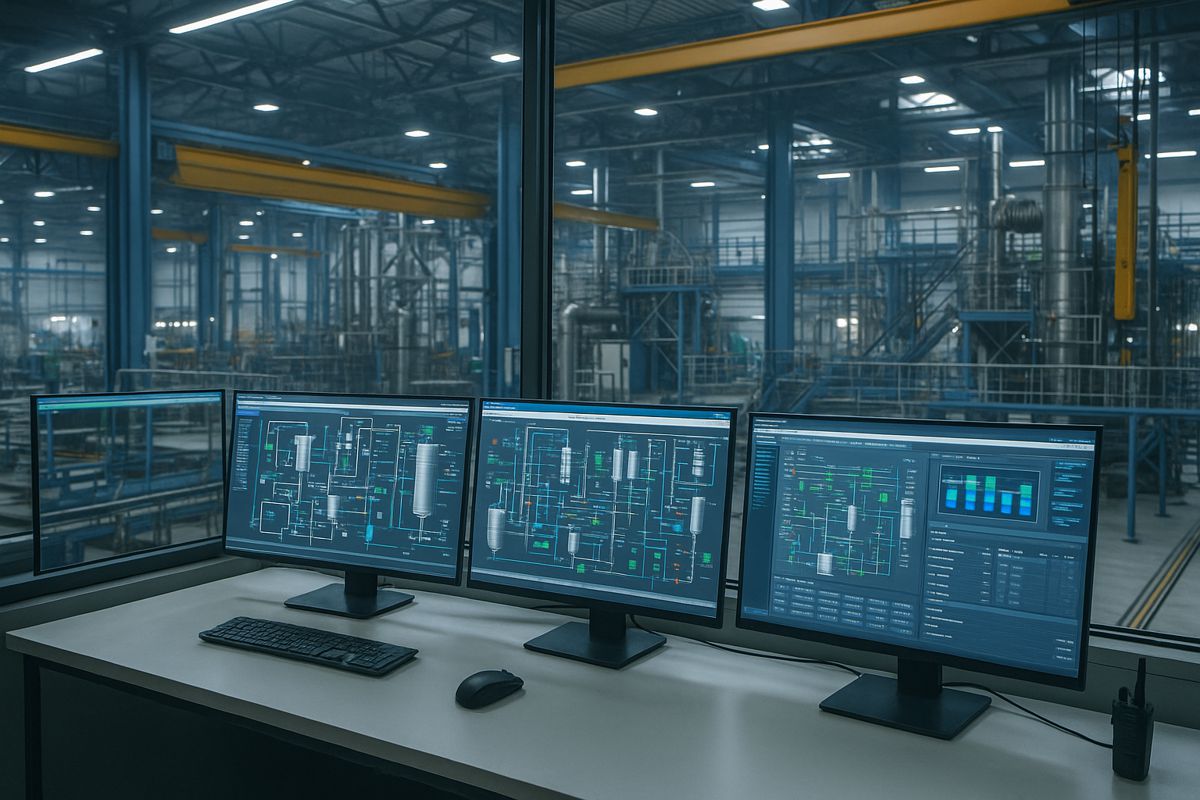Pioneering Precision in Depolymerisation Research
The global plastics crisis has reached a crossroads, where traditional waste management systems can no longer keep pace with escalating production. Mechanical recycling, still widely used across industry, struggles to maintain polymer integrity, often producing materials with noticeably reduced strength, stability, and durability. As a result, recycled plastics tend to fall into lower-value applications, undermining ambitions for a truly circular materials economy.
Depolymerisation offers a promising route out of this trap. By breaking polymers back into their original monomers, it enables the creation of high-quality materials that approach the performance of virgin polymers. However, despite rapid advances in laboratory research, the field remains fragmented. Researchers frequently use differing experimental conditions, diverse equipment, incompatible performance metrics, and inconsistent reporting practices. The result is a scattered scientific landscape where meaningful comparison remains difficult, and promising innovations struggle to progress toward industrial adoption.
A new perspective published in Precision Chemistry confronts this challenge head-on. Researchers from the University of Freiburg have proposed a unified framework aimed at standardising how depolymerisation studies are conducted, assessed, and reported. Their goal is to create a consistent foundation for measuring performance, reproducibility, and scalability, enabling the most effective depolymerisation technologies to be identified and advanced more quickly.
A Comprehensive Review Of Stimulus-Driven Depolymerisation
The Freiburg team examines three major stimulus-driven depolymerisation pathways that dominate current research: thermal, photochemical, and mechanochemical techniques. Each approach carries its own strengths, limitations, and technical nuances.
Thermal depolymerisation remains the most widely explored method. Its capacity for high conversion rates makes it attractive for large-scale recycling. Yet, this method often demands extremely high temperatures, increasing energy consumption and encouraging unwanted side reactions that reduce monomer quality. Ensuring material consistency at scale becomes even more challenging when feedstock plastics contain additives, dyes, or contaminants.
Photochemical depolymerisation takes a more targeted approach, using specific wavelengths of light to activate chemical bonds selectively. This precision can reduce byproducts and improve monomer purity. However, applying this technique to bulk materials presents inherent challenges. Light penetration is limited, and polymer chains in solid materials are less mobile, reducing reaction efficiency. Photochemical techniques, therefore, excel in controlled laboratory conditions but have yet to demonstrate robust scalability.
Mechanochemical depolymerisation introduces physical energy through processes such as ball milling or ultrasonication. These mechanical forces promote polymer bond cleavage without the need for high temperatures or extensive solvents. Researchers see strong sustainability advantages in this approach, as mechanical input can be less energy-intensive and better aligned with green-chemistry principles. Even so, mechanochemical reactions often produce mixed product streams, oligomers, or partially degraded chains instead of clean monomer outputs. This inconsistency limits industrial integration.
To move forward, the Freiburg researchers argue that performance data must no longer be evaluated in isolation. Without consistent benchmarks, breakthroughs remain difficult to validate or replicate across laboratories.
Establishing Clear And Comparable Performance Metrics
At the heart of the new framework lies a suite of standardised performance indicators designed to bring clarity to depolymerisation research. The authors propose that all studies evaluate and report at least five core metrics:
- Monomer recovery yield
- Monomer purity and byproduct profile
- Reaction energy input
- Scalability and practicality of process conditions
- Ability to re-polymerise recovered monomers into materials matching virgin-grade quality
These benchmarks aim to create a like-for-like foundation for comparison. Without them, the apparent performance of one method may be overstated or understated due to differing test conditions or incomplete reporting.
The researchers stress that reproducibility is essential. Results must withstand scrutiny across multiple laboratories and experimental setups. This emphasis resonates strongly across the scientific community, given the growing global push for transparent, reproducible materials research.
One of the authors notes: “Standardising performance evaluation is a crucial step toward identifying viable depolymerisation pathways and accelerating their translation to industry.” Their call reflects a wider sentiment in polymer science: technical innovation alone cannot achieve circularity unless supported by clear, consistent assessment methodologies.
Driving Adoption Through Clarity And Collaboration
The study highlights that chemistry breakthroughs on their own will not deliver circular plastics at scale. Industries need confidence that new technologies can be consistently replicated, operated economically, and integrated into existing recycling and manufacturing systems.
By adopting the proposed framework, academic and industrial researchers can more easily compare outcomes, exchange ideas, and collaborate on high-impact innovations. Policymakers also stand to benefit, gaining access to reliable performance metrics that support regulation, life cycle assessment, and recyclable-by-design materials standards.
Another key takeaway from the study states: “Shared metrics provide a roadmap for evaluating progress and identifying the depolymerisation strategies best suited for industrial implementation.” This outlook supports broader moves across Europe and beyond to treat plastic waste as a renewable feedstock rather than an environmental burden.
The alignment of scientific research with industrial priorities could unlock new generations of high-performance circular polymers, reducing pressure on fossil-derived resources and supporting global sustainability targets.
Broader Implications For Future Materials Innovation
Standardisation may also play a key role in driving the next wave of recyclable polymer design. With consistent metrics in place, developers can evaluate how new polymer architectures respond to targeted depolymerisation stimuli. This information could guide the creation of materials engineered for rapid, high-purity breakdown at end of life.
Governments and regulatory bodies are increasingly interested in supporting circular materials frameworks, and dependable scientific reporting forms the backbone of these efforts. Life cycle assessments, policy guidelines, and recycling targets all depend on robust, comparable data.
In this context, Precision Chemistry emerges as an important platform for cross-disciplinary dialogue. The journal positions itself as a venue for research that advances precision design, measurement, and manufacturing. It brings together experts across chemical sciences to showcase work of broad significance. The Freiburg study fits squarely into this mission, offering not only scientific insight but a pathway toward more practical, scalable recycling solutions.
Funding for the research was provided by the Deutsche Forschungsgemeinschaft under Germany’s Excellence Strategy. The authors also acknowledge support from faculty startup funds.
A Step Toward A More Circular Materials Future
The Freiburg researchers have laid crucial groundwork for improving communication, collaboration, and comparability across the depolymerisation field. Their proposed framework provides a practical roadmap for advancing laboratory innovation toward industrial reality. If widely adopted, it could reshape how research groups, manufacturers, and policymakers collaborate on reducing global plastic waste.
As one of the authors summarises: “Breakthroughs in depolymerisation chemistry must be matched with reproducible and transparent evaluation methods if we’re to achieve meaningful circularity.” Their perspective underscores growing international commitment to building sustainable materials systems that treat plastic not as waste, but as a resource.




















